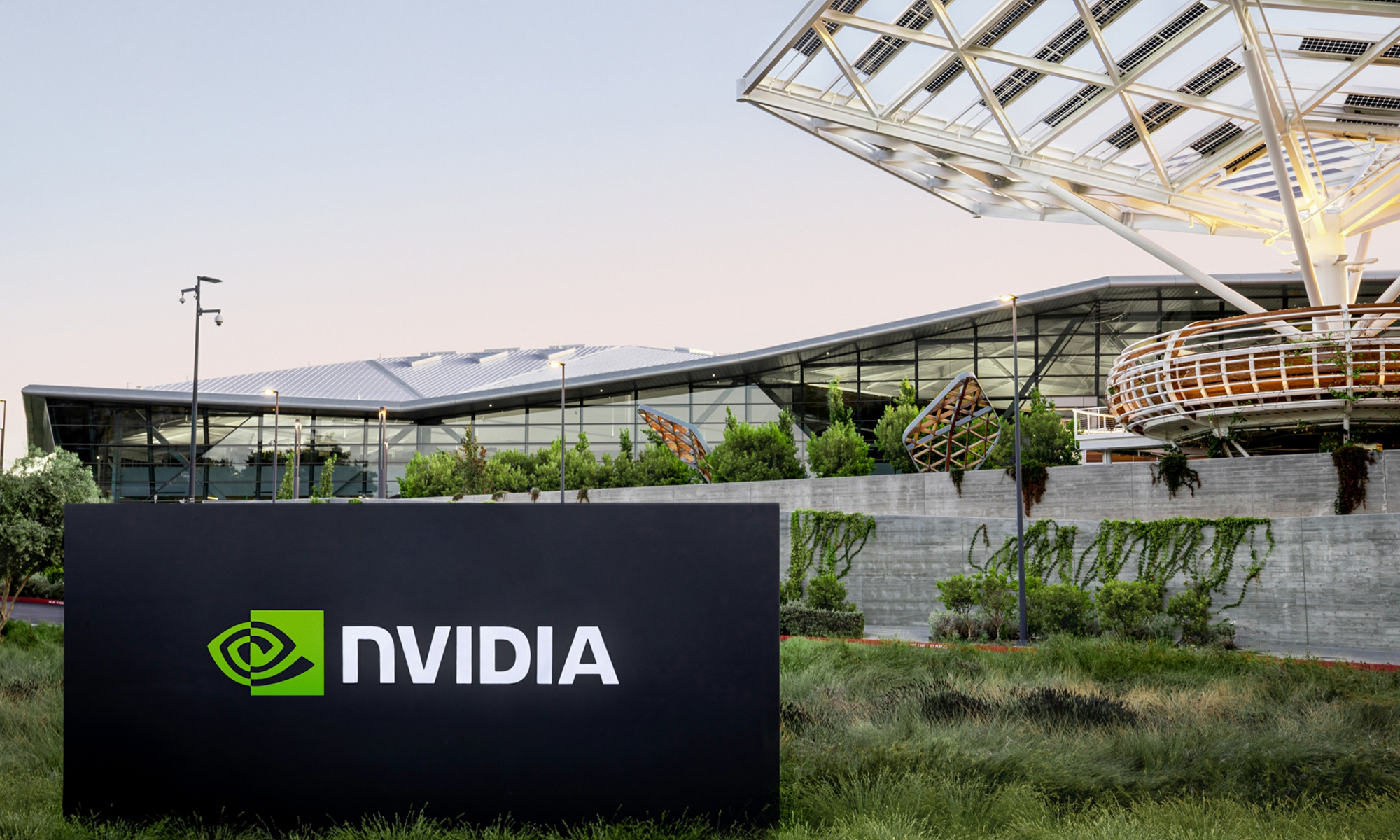It hasn't been easy to be an NVIDIA (Nasdaq: NVDA) supporter over the last year. The once-undisputed leader of the graphics chip world has been hammered by everything from a recession that drove consumers to PCs carrying less costly integrated graphics chips from Intel (Nasdaq: INTC); a still-unresolved licensing dispute with Intel over the right to make motherboard chipsets for Intel's latest platforms; and fierce competition from AMD's (NYSE: AMD) ATI unit in the discrete graphics card market.
Moving beyond mainstream PCs
NVIDIA isn't taking these challenges lying down. It's embroiled in a legal battle with Intel over its chipset licensing policies (a battle that seems to have the FTC's support), and new products based on the company's ambitious Fermi architecture, which excels at offloading more general computing tasks, should put it on more solid ground against ATI. But the best thing that NVIDIA's done, in my book, is to look beyond the mainstream PC for its salvation.
Between the long-term decline in average selling prices; Intel's integration of low-end graphics chips with its latest mainstream processors; and the fact that the age-old slugfest between NVIDIA and ATI seems doomed to go on forever, it's tough to see NVIDIA being much of a growth story going forward if it merely pins its hopes on a stronger PC business. That's why it's been encouraging to see the company's Quadro and Tesla products achieve a leadership role in the workstation/supercomputer graphics market, and its Tegra processors gain a growing following in handheld devices. These products now make up over a fifth of NVIDIA's revenues, and, given the huge price tags attached to Quadro and Tesla boards, probably a much bigger chunk of the company's gross profit.
ION 2's potential
It's in this context that the release of NVIDIA's ION 2 graphics platform for netbooks amounts to a big deal. Netbook sales have been on fire, with ABI Research recently estimating that 35 million of them were sold last year. With ATI a non-factor in this market, and Intel's integrated graphics chips delivering underwhelming performance, this market is ripe for a product like ION 2. One that can provide the kind of multimedia capabilities that consumers want out of a netbook, and without doing a number on its battery life.
Sure, Broadcom (Nasdaq: BRCM), with its Crystal video accelerator chip for netbooks, remains a competitor here, and its products carry a somewhat lower price tag. But whereas Crystal is focused solely on video decoding, ION 2 can also be used to provide half-decent gaming performance, and support the 3-D features in the user interface to Microsoft's (Nasdaq: MSFT) Windows 7. In order words, to make a netbook feel a little more like a regular PC, rather than a low-rent "appliance" that can also handle a bit of video. That helps explain why NVIDIA is already claiming 30 design wins for ION 2, including hardware from Hewlett-Packard (NYSE: HPQ), Lenovo, and market leader ASUS.
A product like ION 2 won't send gaming enthusiasts into a frenzy the way that a new, high-end, GeForce desktop card might, but I'm sure it'll also end up being used by a much greater number of consumers. And just as importantly, it should take NVIDIA a step further in moving beyond a mainstream PC market that looks as cutthroat and challenging as ever.










